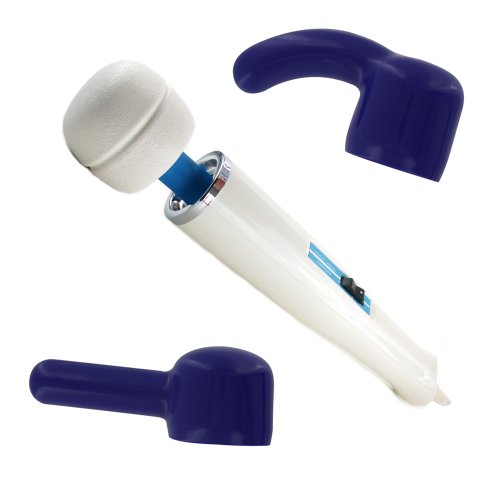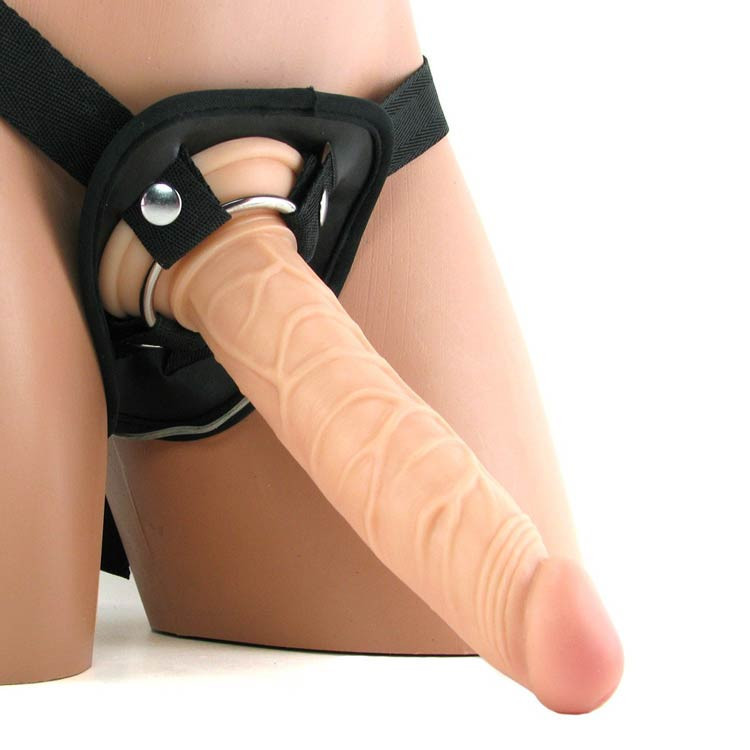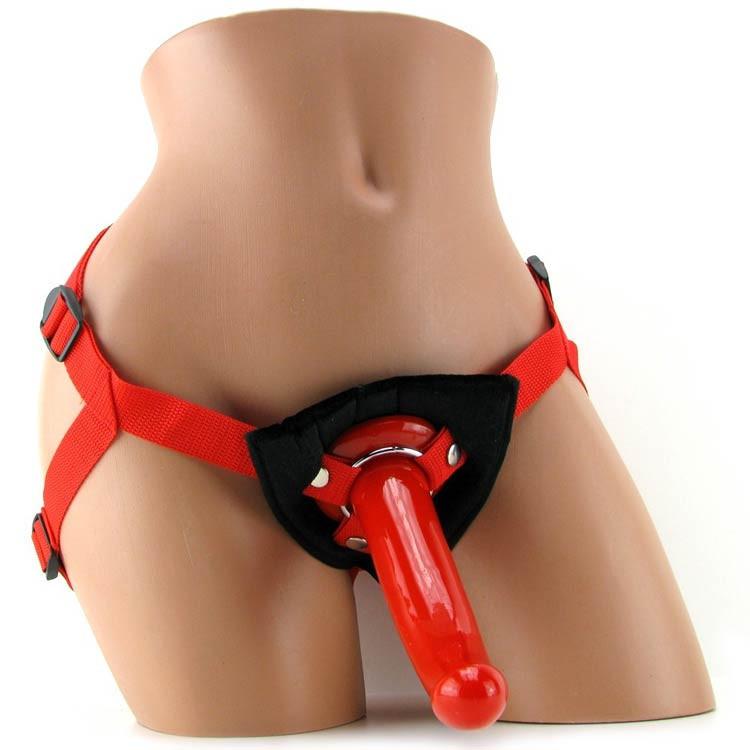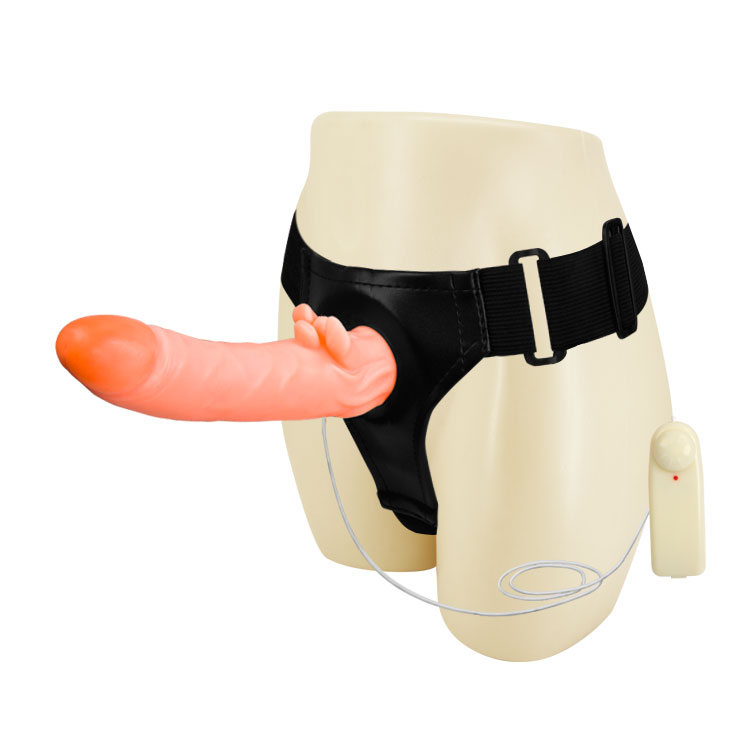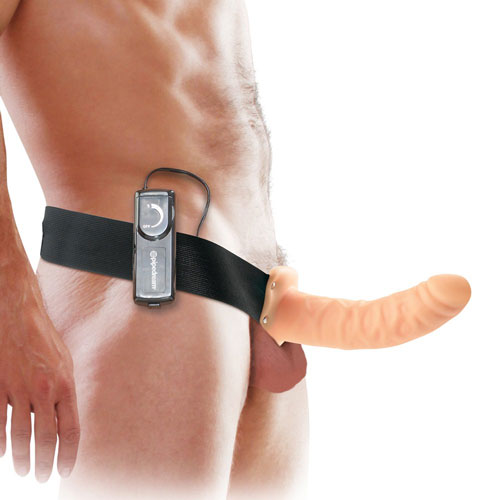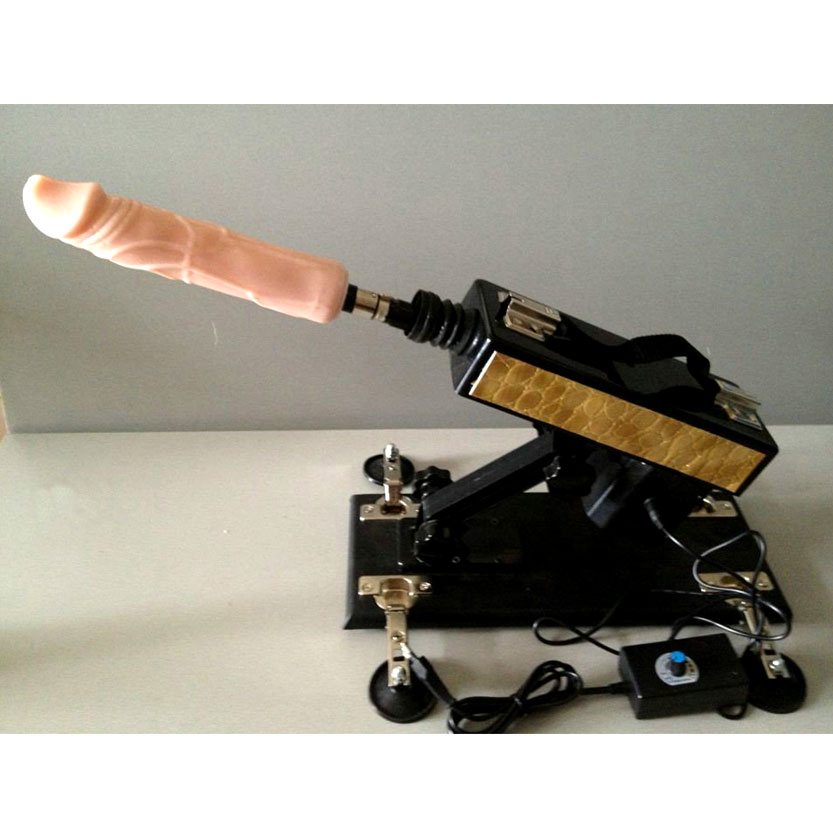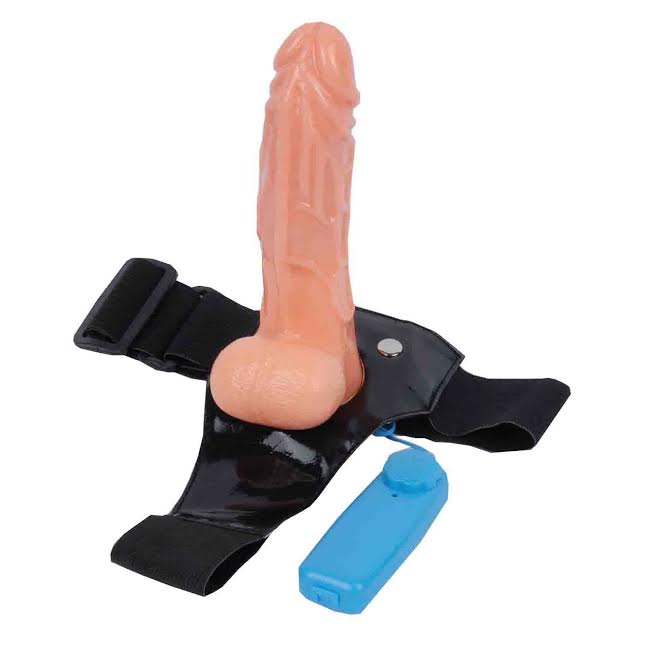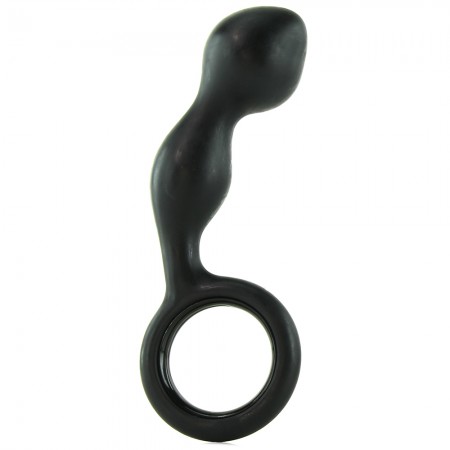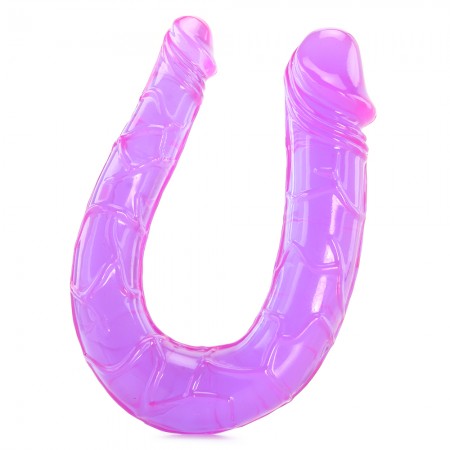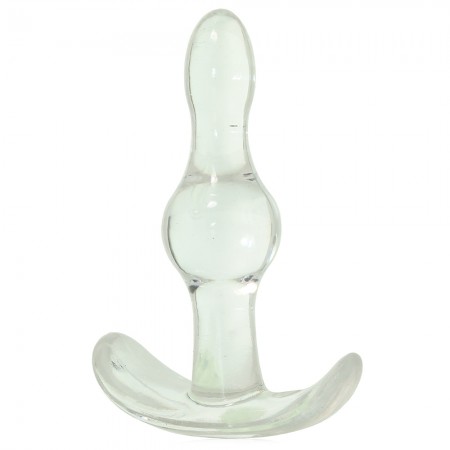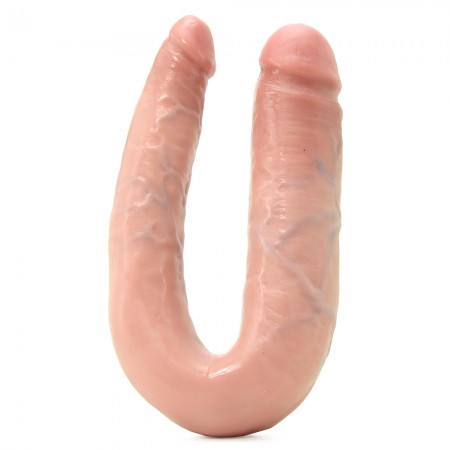What is Leverage in Forex Trading and How Does it Work?
Some brokers may limit the amount of leverage used initially with new traders. In most cases, traders can tailor the amount or size of the trade based on the leverage that they desire. However, the broker will require a percentage of the trade’s notional amount to be held in the account as cash, which is called the initial margin.
You have a $1,000 trading account and you want to use credit to trade EUR/USD. When trading without leverage, most traders would be stuck making cents up to a few dollars per trade. Margin and Leverage are two key concepts in Forex trading that are often confused with each other.
What is Leverage in Forex?
If the market moves against your position, you may be called upon to pay coinjar review substantial additional funds on short notice in order to maintain your position. If you fail to comply with a request for additional funds within the specified time, your position may be liquidated at a loss and you will be liable for any resulting deficit in your account. Usually, when the account balance goes below the margin call level, brokers don’t allow the trader to open new positions, even for hedging.
It shows the level of market participation and interest in a specific asset or contract. High open interest can also indicate market strength and confirm trends, while decreasing open interest may indicate position liquidations or traders exiting the market. High trading volume reflects market activity and liquidity, with high liquidity ensuring easier entry and exit from positions without significant price slippage. Trading on exchanges with low trading volume can result in difficulty exiting positions during periods of high volatility, leading to higher risks of liquidation. Since 2018, Bybit has quickly gained popularity and become one of the leading leverage trading platforms. The exchange offers over 460 futures markets with over $31 billion in daily derivatives trading volume and over $20 billion in open interest.
What Are the Benefits of Leveraged Forex Trading?
Leverage allows traders to amplify their exposure to the market by borrowing money from their broker. In this guide, we will explore the concept of leverage in forex trading, its benefits and drawbacks, and provide real-life examples to help you understand how it works. Forex trading typically requires lower margins compared to stock trading, meaning traders need to trade99 review deposit a smaller percentage of the position’s value to open a trade. For instance, in forex, a trader might only need to deposit 1% of the total trade size to maintain the position. In stock trading, margin requirements are typically higher—possibly around 50% of the position size—especially for day traders. As we discussed before, one of the most significant risks of high leverage is the potential for margin calls.
It is like medicine – responsible use can be a saviour, while abuse can lead to total ruin. You can lose more money than your original investment when using leverage. At FXEmpire, we strive to provide unbiased, thorough, and accurate exchange reviews by industry experts to help our users make smarter financial decisions. With an account for every type of trader, you can choose what’s best for you. SMB Capital, a proprietary trading firm founded by Mike Bellafiore and Steve Spencer, often shares insights into their trading strategies via books, blog posts, and YouTube videos. Mutual Fund, Mutual Fund-SIP are not Exchange traded products, and the Member is just acting as distributor.
- In forex trading, leverage ratios are generally much higher, and leverage in stock trading is usually far more conservative.
- This strategy prevents losses from surpassing a predetermined threshold and mitigates the impact of high leverage on the trader’s capital.
- Trading Futures and Options on Futures involves a substantial risk of loss and is not suitable for all investors.
- In order to trade effectively with leverage, you need good trading education.
- All disputes with respect to the distribution activity, would not have access to Exchange investor redressal forum or Arbitration mechanism.
Any reproduction, review, retransmission, or any other use is prohibited. 5paisa shall not be responsible for any unauthorized circulation, reproduction or distribution of this material or contents thereof to any unintended recipient. Kindly note that this page of blog/articles does not constitute an offer or solicitation for the purchase or sale of any financial instrument or as an official confirmation of any transaction. This article is prepared for assistance only and is not intended to be and must not alone be taken as the basis of an investment decision.
Which Is More Important: Margin or Leverage?
- Though beginners can benefit from the use of a standalone online leverage calculator, most forex traders use the tools that are available directly within their broker’s trading platform.
- Yet, the temptation to pursue unrealistic returns for many traders causes them to abuse leverage.
- The warning sign is usually in the form of an online message in your trading terminal but in some cases, they might give you a phone call.
- In this scenario, your entire initial investment of $100 would be wiped out.
Market awareness and strategy building are essential to go from theory to practice. In this situation, it is essential to cultivate healthy trading habits from the very beginning. Setting hard rules, using trading journals, and taking breaks are some tools that beginners can use with great success.
What Are the Costs of Leverage in Forex Trading?
Understanding the difference between margin and leverage is crucial for effective risk management in Forex trading. Using high leverage can lead to higher profits but also greater risks, while margin requirements help maintain account stability. In conclusion, leverage is required in forex trading as it allows traders to enter larger positions and unlock market opportunities that would otherwise be out of reach.
What Is the Maximum Leverage Available in Forex Trading?
This is very different from stocks that trade only for a limited time each day. Suppose you believe that the euro (EUR) will appreciate against the US dollar (USD). You decide to open a long position on the EUR/USD currency pair at 1.2000, shakepay review with a lot size of 0.1 (equivalent to $10,000).
Your leverage ratio will vary depending on the market you are trading, who you are trading it with and the size of your position. One lot of GBP/USD is equivalent to $100,000, so buying the underlying currency unleveraged would require a $128,600 outlay (ignoring any commission or other charges). If GBP/USD goes up by 20 pips to 1.2880, your position is now worth $128,800.
In the context of forex trading, position size becomes even more important due to the unique dynamics of the currency market. Forex traders often deal with higher volatility and leverage, which can magnify both profits and losses. The position size determines how much of a currency pair is being bought or sold, which in turn dictates how the trader’s account balance will be affected by a given move in price. With leverage, remember that your position can control up to 50x your required margin, meaning price fluctuations can impact your account beyond your initial investment. Traders typically calculate their position size by determining how much of their account they are willing to risk on a single trade, usually as a percentage of their total capital.
Below, we will examine the main differences between margin and leverage. Always define a stop-loss level to prevent major losses if the market moves in the wrong direction. There are numerous other tools available to help you manage risk including price alerts and limit take-profit orders. Joey Shadeck is a Content Strategist and Research Analyst for ForexBrokers.com. He holds dual degrees in Finance and Marketing from Oakland University, and has been an active trader and investor for close to ten years.

